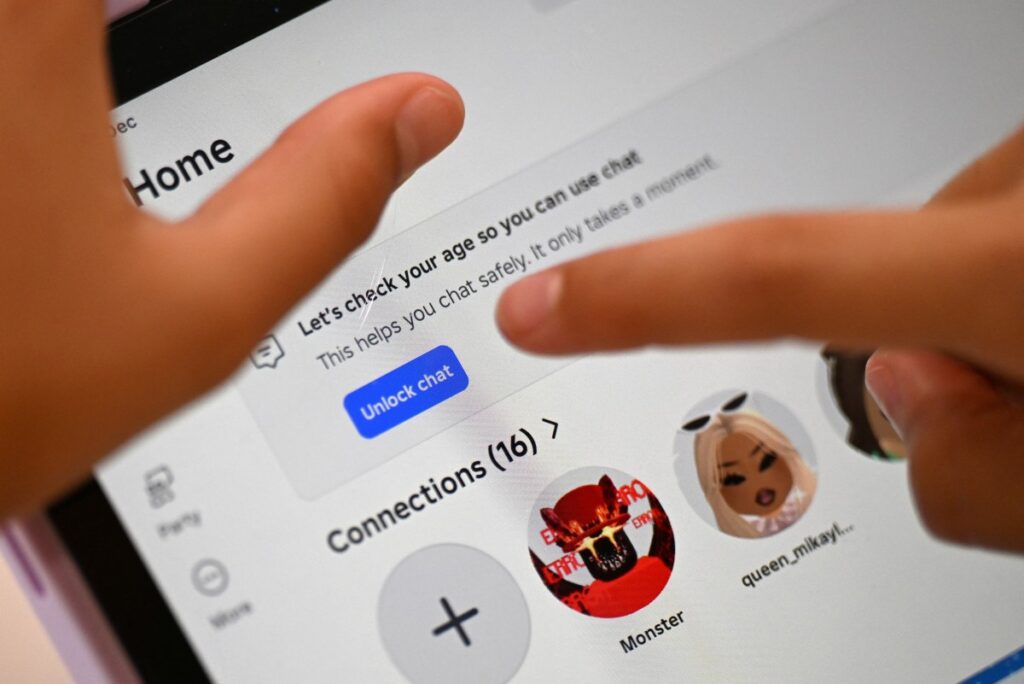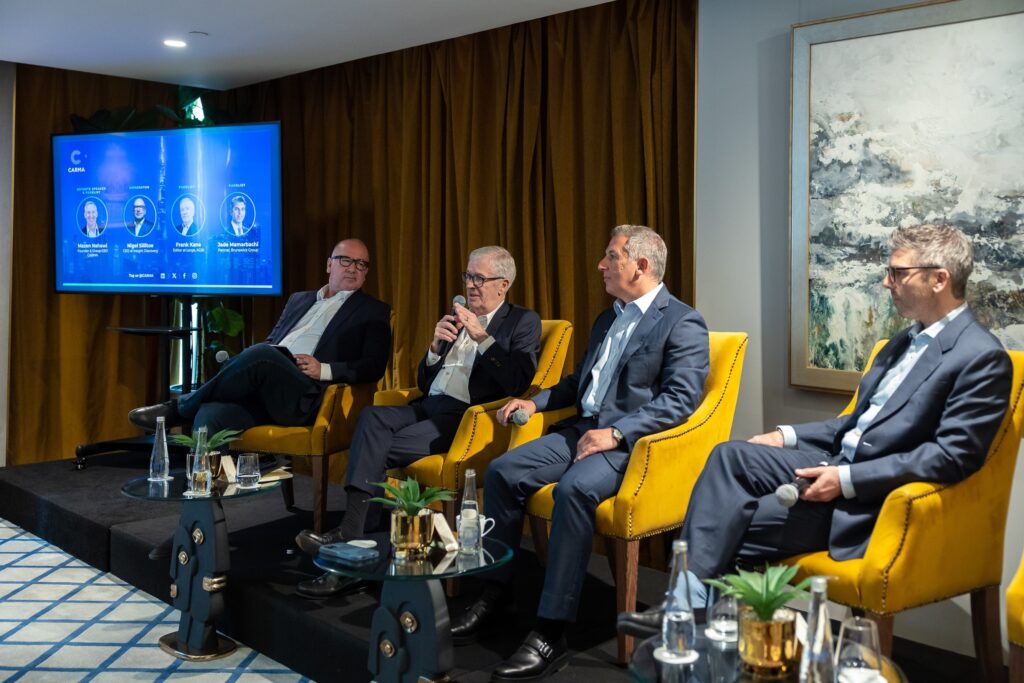The e-commerce space in the Middle East – the UAE in particular ¬– is becoming very exciting. It’s an era where we’re seeing a number of startups gain traction. Online marketplace Souq.com has become the region’s first “unicorn,” or billion-dollar company, indicating that investors are willing to back successful ideas that have a proven track record. They are getting serious about the digital potential of the Middle Eastern market.
I’m not about quoting numbers needlessly, but some figures make a great case for where the market is going. And the news is good. For instance, according to Frost & Sullivan, the GCC alone will see a 40 percent jump in e-commerce by 2020, with sales bouncing up to $41.5 billion. These figures look even better when all of MENA is taken into the equation. E-commerce in MENA stood at approximately $95 billion in 2013, but is projected to hit $200 billion by 2020, according to the same research.
Just a couple of years ago, I’d have said that business to consumer e-commerce and government to business platforms are taking a large share of the e-commerce pie. However, we’re now beginning to see this tech linking communities and consumers in brand new and exciting ways across the region.
E-commerce as a way of linking new markets and communities is a very empowering idea – one that is being supported by global tech trends, such as the connectivity boom. 2020 will see some 80 billion devices connected to the Internet, and used by five billion people worldwide. That’s going to spur at least a million new businesses wanting to serve these consumers in innovative ways. And MENA alone will have some 545 million connected devices and approximately 390 million Internet users by the turn of 2020. I’m going to have to throw some numbers at you here, but I promise to make them interesting. Mobile penetration is incredibly high throughout MENA, and there’s a rapid move from feature phones to smartphones. Last year, Ipsos research said that 79 percent of KSA’s entire population had used an advanced mobile phone within the year. In the UAE, that figure was higher still, coming in at 91 percent. And other GCC markets are seeing rocketing smartphone penetration too with Kuwait jumping from 49 percent to 86 percent in a mere two years.
More people are connecting, on more capable devices. E-commerce is going mobile. Of course, there’s a caveat. Connectivity alone is not enough, though. People also need to be willing to consume goods and services through online markets. But fortunately, that too is happening. With the rise of the millennial generation, never have more people been as ready to order, consume, transact and build communities online as today.
The news is all very good, but that doesn’t mean the journey is any easier. E-commerce ideas need a lot of hard work to succeed. There’s no magic wand. Where brick and mortar models needed to perfect their store interiors, customer service and logistics, we now need to work on perfecting our user interfaces, simplifying user journeys, and getting trust and transparency factors right.
While the playing field might look different, the game stays the same. We need to fully understand our users, the people whom we serve, and the value that we add. And we need to package all of that insight in the smoothest user journey possible, and focus really hard on customer service.





